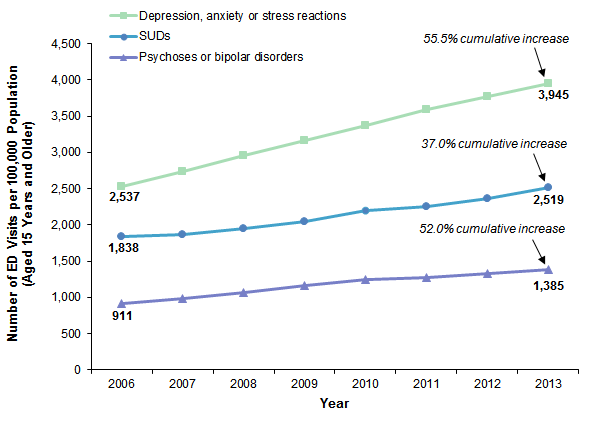CR Macchi led the team in preparing a manuscript about the the origins of the Practice Integration Profile.
The Practice Integration Profile: Rationale, development, method, and research.
Macchi, C. R.; Kessler, Rodger; Auxier, Andrea; Hitt, Juvena R.; Mullin, Daniel; van Eeghen, Constance; Littenberg, Benjamin
Families, Systems, & Health, Vol 34(4), Dec 2016, 334-341.
Insufficient knowledge exists regarding how to measure the presence and degree of integrated care. Prior estimates of integration levels are neither grounded in theory nor psychometrically validated. They provide scant guidance to inform improvement activities, compare integration efforts, discriminate among practices by degree of integration, measure the effect of integration on quadruple aim outcomes, or address the needs of clinicians, regulators, and policymakers seeking new models of health care delivery and funding. We describe the development of the Practice Integration Profile (PIP), a novel instrument designed to measure levels of integrated behavioral health care within a primary care clinic. The PIP draws upon the Agency for Health care Research & Quality’s (AHRQ) Lexicon of Collaborative Care which provides theoretic justification for a paradigm case of collaborative care. We used the key clauses of the Lexicon to derive domains of integration and generate measures corresponding to those key clauses. After reviewing currently used methods for identifying collaborative care, or integration, and identifying the need to improve on them, we describe a national collaboration to describe and evaluate the PIP. We also describe its potential use in practice improvement, research, responsiveness to multiple stakeholder needs, and other future directions.
Development and validation of a measure of primary care behavioral health integration.
Kessler, Rodger S.; Auxier, Andrea; Hitt, Juvena R.; Macchi, C. R.; Mullin, Daniel; van Eeghen, Constance; Littenberg, Benjamin
Families, Systems, & Health, Vol 34(4), Dec 2016, 342-356.
Introduction: We developed the Practice Integration Profile (PIP) to measure the degree of behavioral health integration in clinical practices with a focus on primary care (PC). Its 30 items, completed by providers, managers, and staff, provide an overall score and 6 domain scores derived from the Lexicon of Collaborative Care. We describe its history and psychometric properties. Method: The PIP was tested in a convenience sample of practices. Linear regression compared scores across integration exemplars, PC with behavioral services, PC without behavioral services, and community mental health centers without PC. An additional sample rated 4 scenarios describing practices with varying degrees of integration. Results: One hundred sixty-nine surveys were returned. Mean domain scores ran from 49 to 65. The mean total score was 55 (median 58; range 0–100) with high internal consistency (Cronbach’s alpha = .95). The lowest total scores were for PC without behavioral health (27), followed by community mental health centers (44), PC with behavioral health (60), and the exemplars (86; p < .001). Eleven respondents rerated their practices 37 to 194 days later. The mean change was + 1.5 (standard deviation = 11.1). Scenario scores were highly correlated with the degree of integration each scenario was designed to represent (Spearman’s ρ = −0.71; P = 0.0005). Discussion: These data suggest that the PIP is useful, has face, content, and internal validity, and distinguishes among types of practices with known variations in integration. We discuss how the PIP may support practices and policymakers in their integration efforts and researchers assessing the degree to which integration affects patient health outcomes.
- Ben Littenberg


